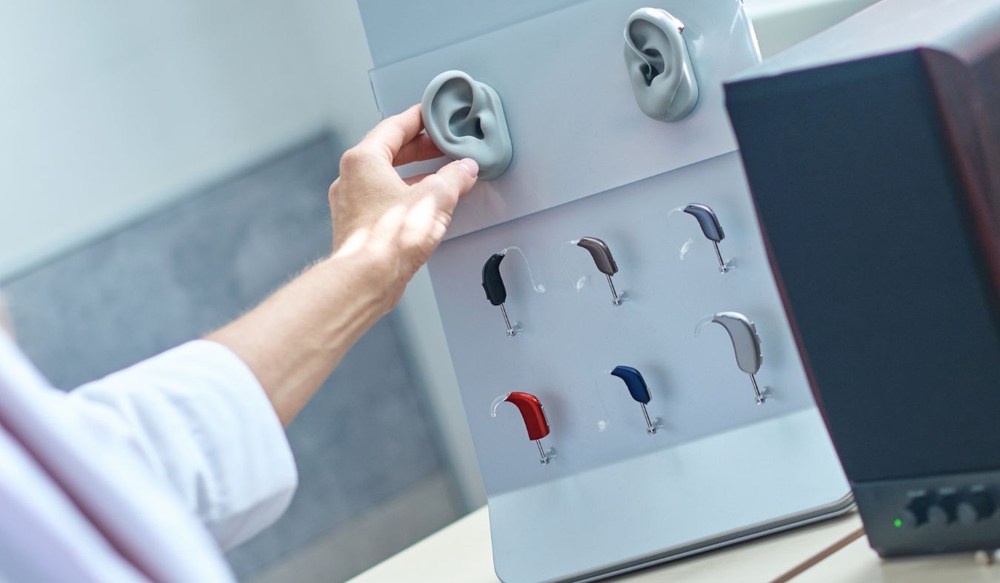How Diet Affects Your Hearing Health
Most people do not immediately connect their diet with their ability to
Disclaimer: 3% Processing Fee for All Credit and Debit Card Transactions


Most people do not immediately connect their diet with their ability to

When a child has ongoing trouble following directions, seems unresponsive

Hearing technology has advanced in recent years, with rechargeable hearing